
Gray foods may not catch your eye like their vibrant counterparts, but they’re packed with unique flavors and health benefits that you shouldn’t miss out on.
If you want to expand your culinary horizons and try something new, exploring the world of gray foods is the perfect place to start.
In this blog post, we’ll take you on a tasty tour of the most interesting and nutritious gray foods from around the globe.
From the ocean’s briny depths to the rich, earthy goodness of the land, we’ll introduce you to various ingredients that will tantalize your taste buds and nourish your body.
Get ready to learn about the origins, uses, and surprising health benefits of these foods.
1. Oysters

With their grayish exterior, oysters are a delicacy found in coastal regions worldwide.
These versatile mollusks can be enjoyed raw, steamed, or fried, each preparation showcasing their unique briny flavor.
Though not the most attractive, oysters prove that the best flavors often come in unexpected packages.
- Origin: Coastal regions worldwide
- Common Uses: Served raw, steamed, or fried
2. Mushrooms (Truffles)
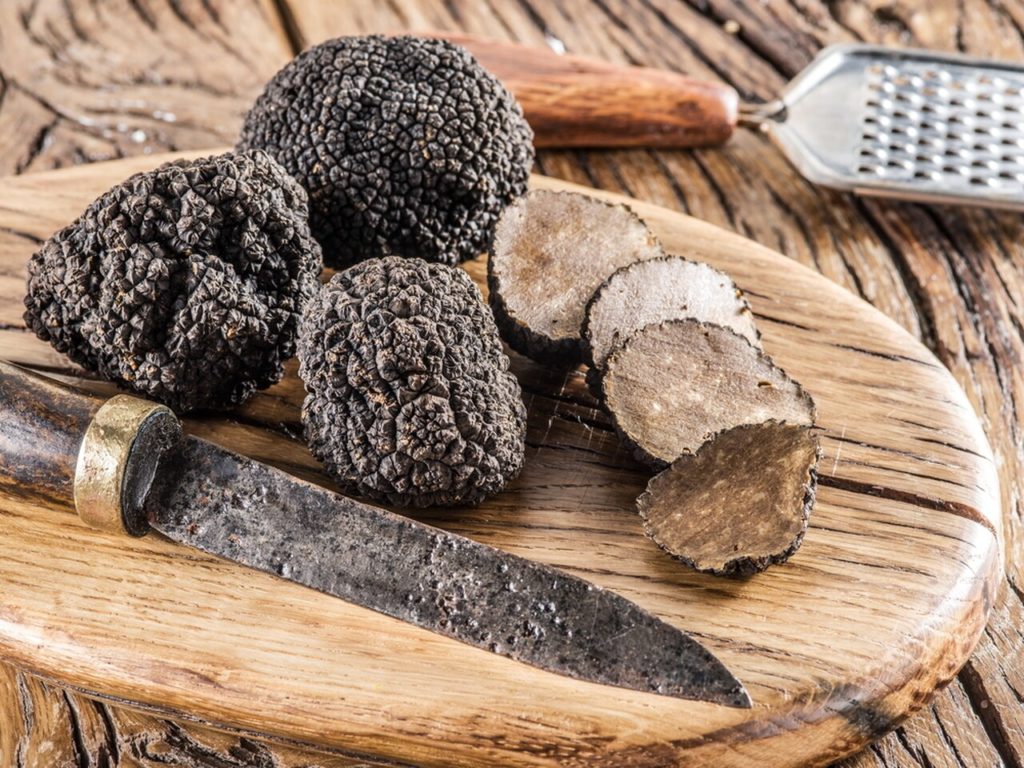
Despite their dull gray appearance, truffles are a luxurious ingredient that elevates any dish to gourmet status.
These earthy, pungent fungi, found in forests across Europe and North America, impart a depth of truly unparalleled flavor when shaved or grated over various dishes.
- Origin: Forests in Europe and North America
- Common Uses: Added to gourmet dishes for an earthy flavor
3. Herring (Kippers)

Kippers smoked herring with a grayish-silver skin, are a staple in British cuisine.
The smoking process imparts a rich, smoky flavor that makes them irresistible.
Often enjoyed for breakfast with eggs and toast, kippers showcase the tradition of preserving fish through smoking.
- Origin: United Kingdom
- Common Uses: Often eaten for breakfast, smoked
4. Mackerel
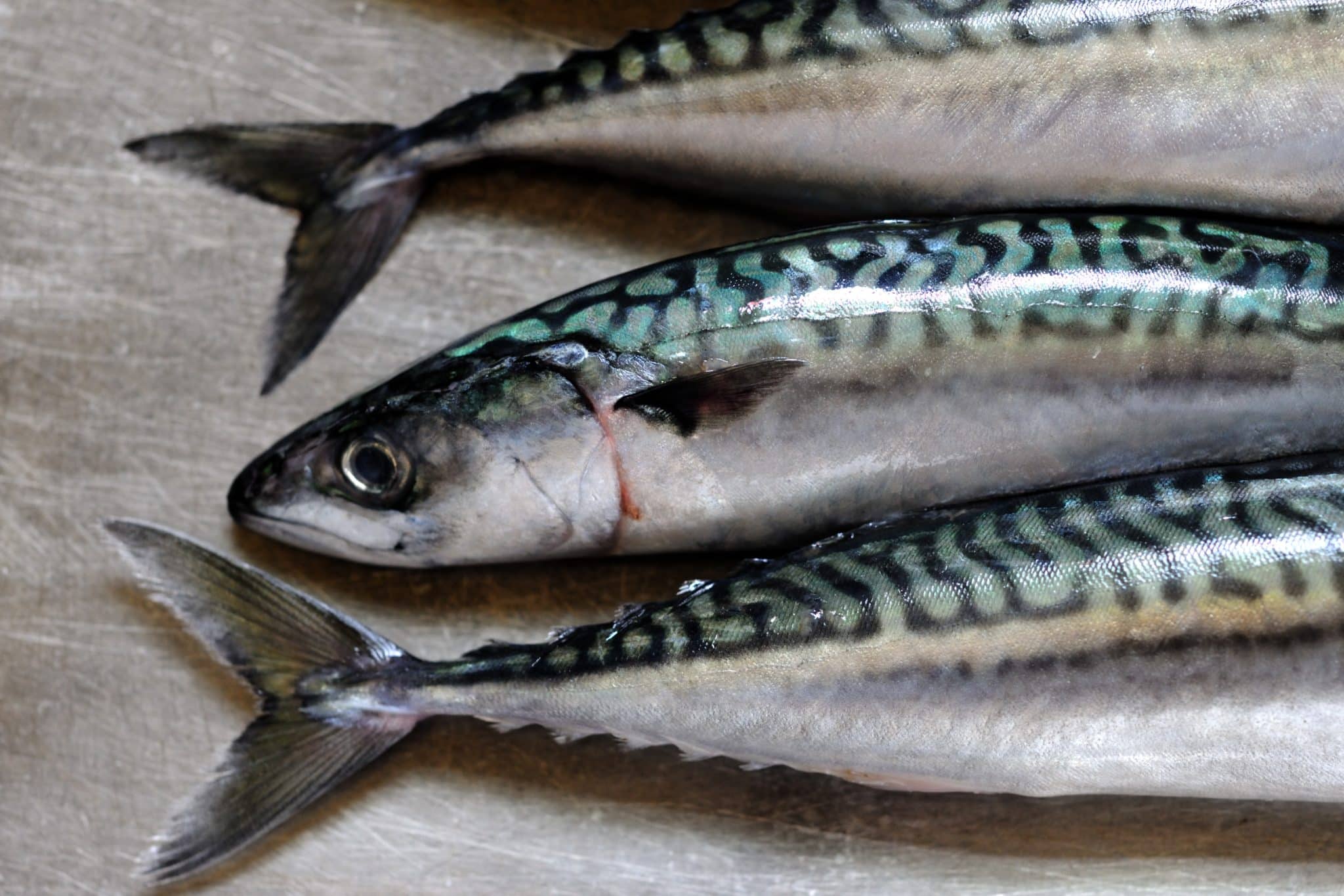
With its grayish-blue skin, Mackerel is a versatile and nutritious fish found in seas worldwide.
Commonly grilled or smoked, the process enhances its natural flavor while giving it a slightly gray hue.
Despite its dull appearance, mackerel is a flavorful choice packed with omega-3s.
- Origin: Temperate and tropical seas worldwide
- Common Uses: Commonly grilled or smoked
5. Black Sesame Seeds
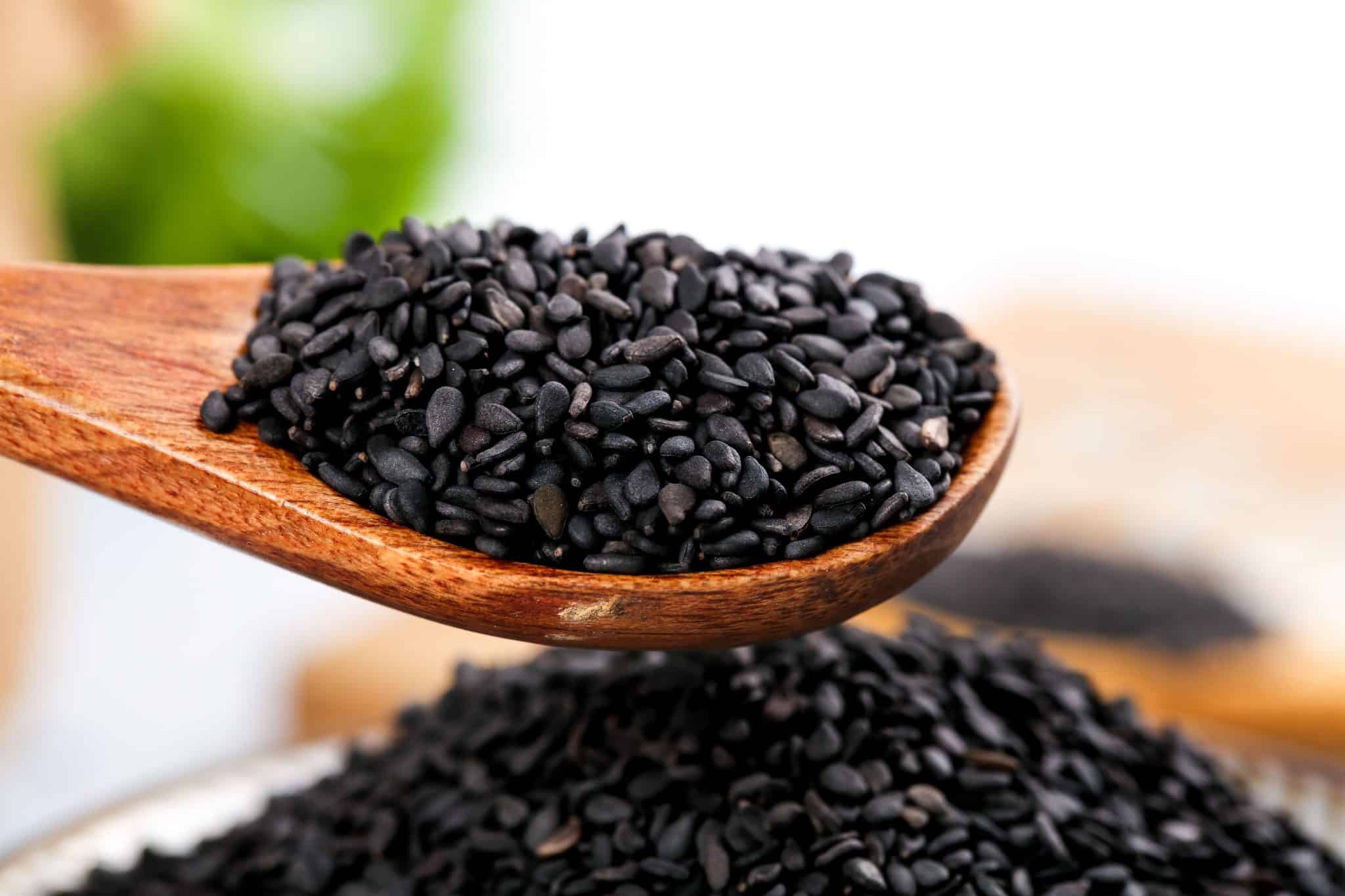
Black sesame seeds, native to Africa and India, may seem unassuming with their dark gray hue, but they pack a flavorful punch.
These tiny seeds are often used in Asian cuisine, adding a nutty, slightly bitter taste to desserts, sushi rolls, and various dishes as a garnish.
- Origin: Africa and India
- Common Uses: Used in desserts, sushi rolls, and as a garnish
6. Sardines

Sardines, small oily fish found in oceans worldwide, are often overlooked due to their grayish skin.
However, these little fish are a nutritional powerhouse packed with omega-3 fatty acids, vitamin D, and calcium.
Enjoyed canned, in salads, or on pizza, sardines offer a tasty and healthy option.
- Origin: Oceans worldwide
- Common Uses: Eaten canned, in salads, or on pizza
7. Sunflower Seeds

Despite their grayish hue, sunflower seeds are a popular snack and versatile ingredient.
Native to North America, they are often used in breads, added to salads, or enjoyed on their own.
Rich in healthy fats, protein, and vitamin E, sunflower seeds offer a nutritious, tasty treat.
- Origin: North America
- Common Uses: Snack food, in breads, or as bird feed
8. Wild Rice
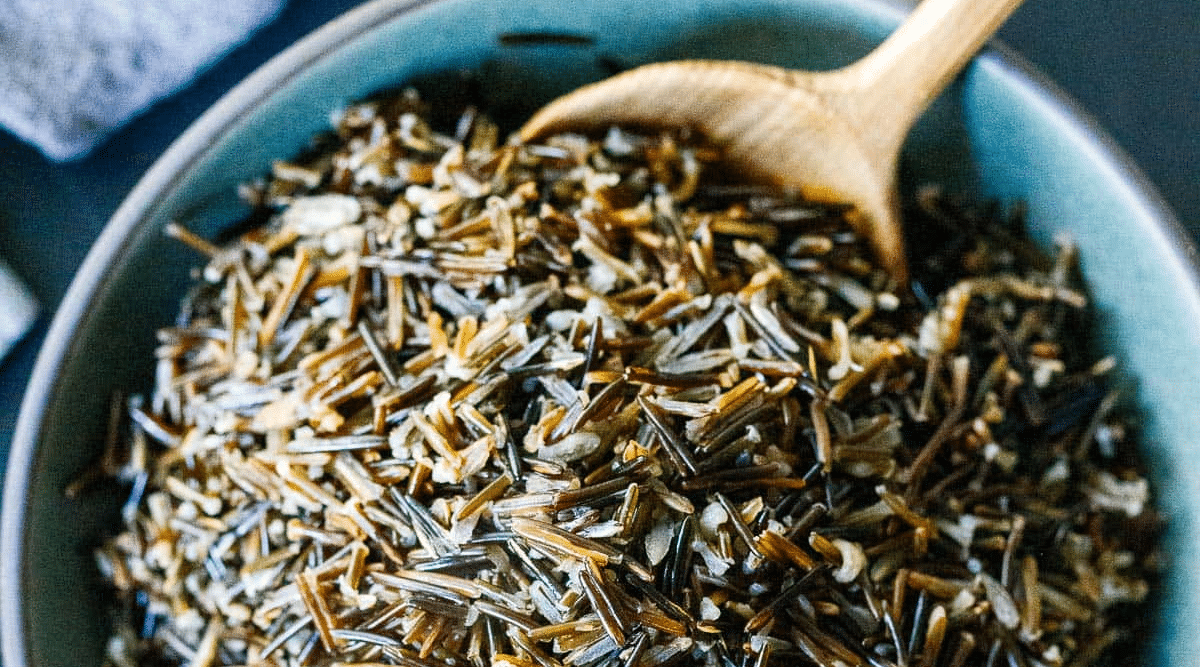
Wild rice, with its gray-black color, is a nutrient-dense grain native to North America.
Its chewy texture and nutty flavor make it a perfect addition to pilafs, soups, and side dishes.
Wild rice is higher in protein and fiber than white rice, making it a healthier choice.
- Origin: North America
- Common Uses: In pilafs, soups, or as a side dish
9. Sea Salt

Sea salt, harvested from coastal regions worldwide, is known for its grayish color and coarse texture.
Prized for its natural flavor and mineral content, sea salt is a popular choice for cooking and as a finishing salt, adds flavor to any dish.
- Origin: Coastal regions worldwide
- Common Uses: Used in cooking and as a finishing salt
10. Black Garlic
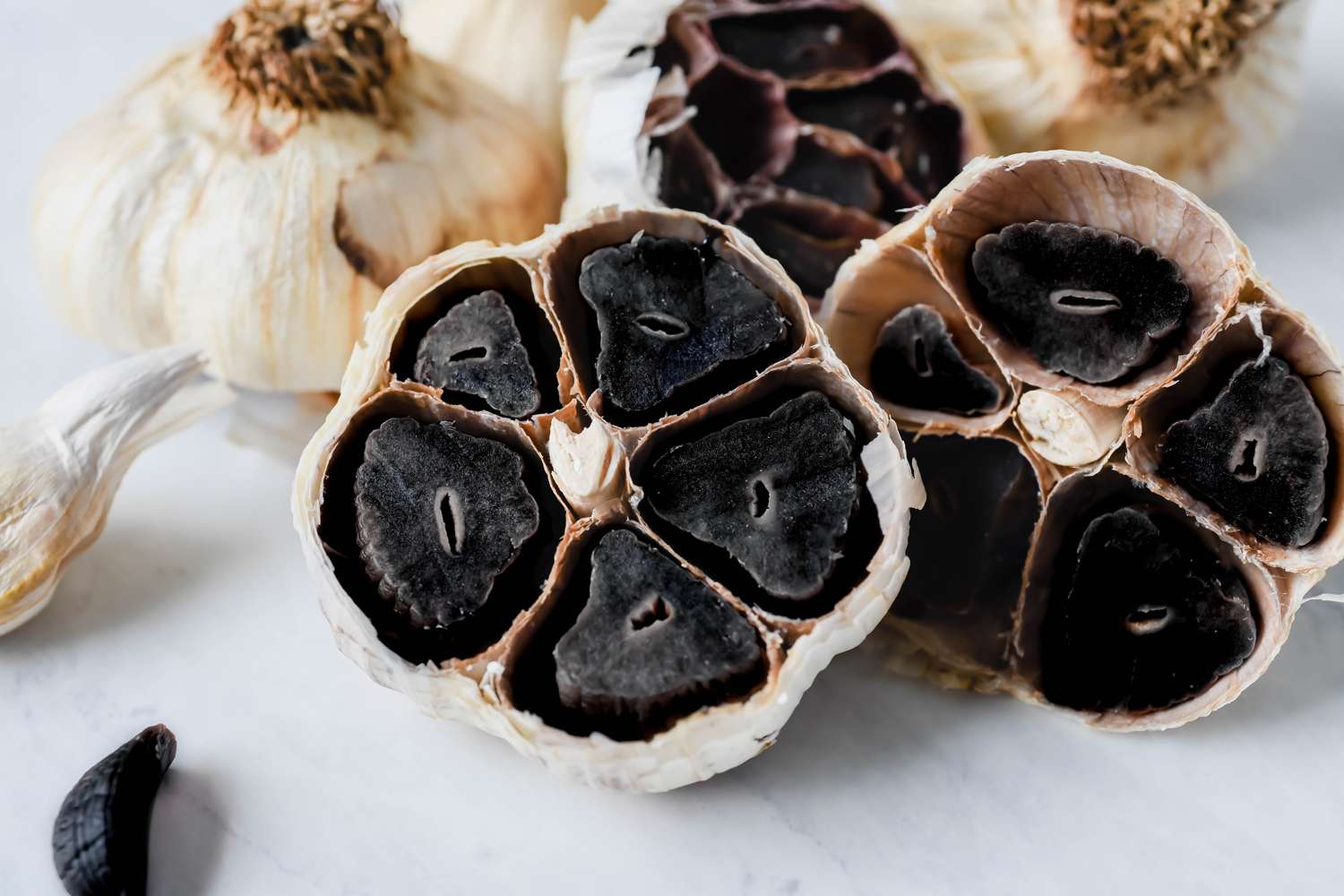
Black garlic, originating from Asia, is a type of aged garlic with a dark gray, almost black color.
The aging process gives black garlic a sweet, umami flavor and a soft, slightly sticky texture.
Used in sauces, spreads, and to enhance meat dishes, black garlic adds depth and complexity to various recipes.
- Origin: Asia
- Common Uses: Used in sauces, as a spread, or to enhance meat dishes
11. Squid Ink Pasta
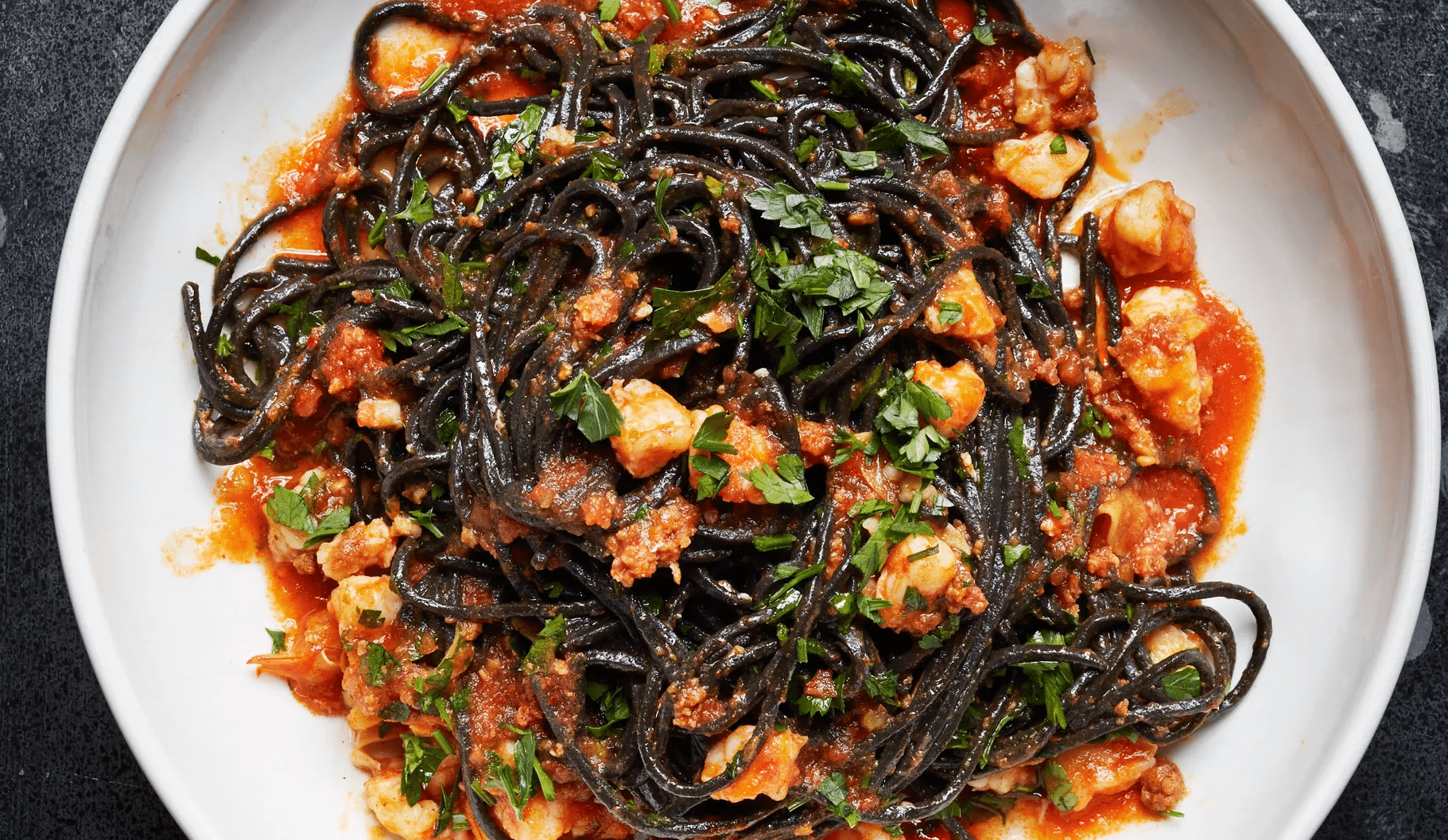
Squid ink pasta, popular in the Mediterranean and Japanese cuisine, gets its distinctive gray-black color from the cuttlefish or squid ink.
The ink adds a briny, slightly salty flavor to the pasta, making it a perfect pairing for seafood dishes.
Its unique appearance and taste make it a standout ingredient.
- Origin: Mediterranean, Japan
- Common Uses: In seafood pasta dishes for flavor and color
12. Ash-Covered Goat Cheese
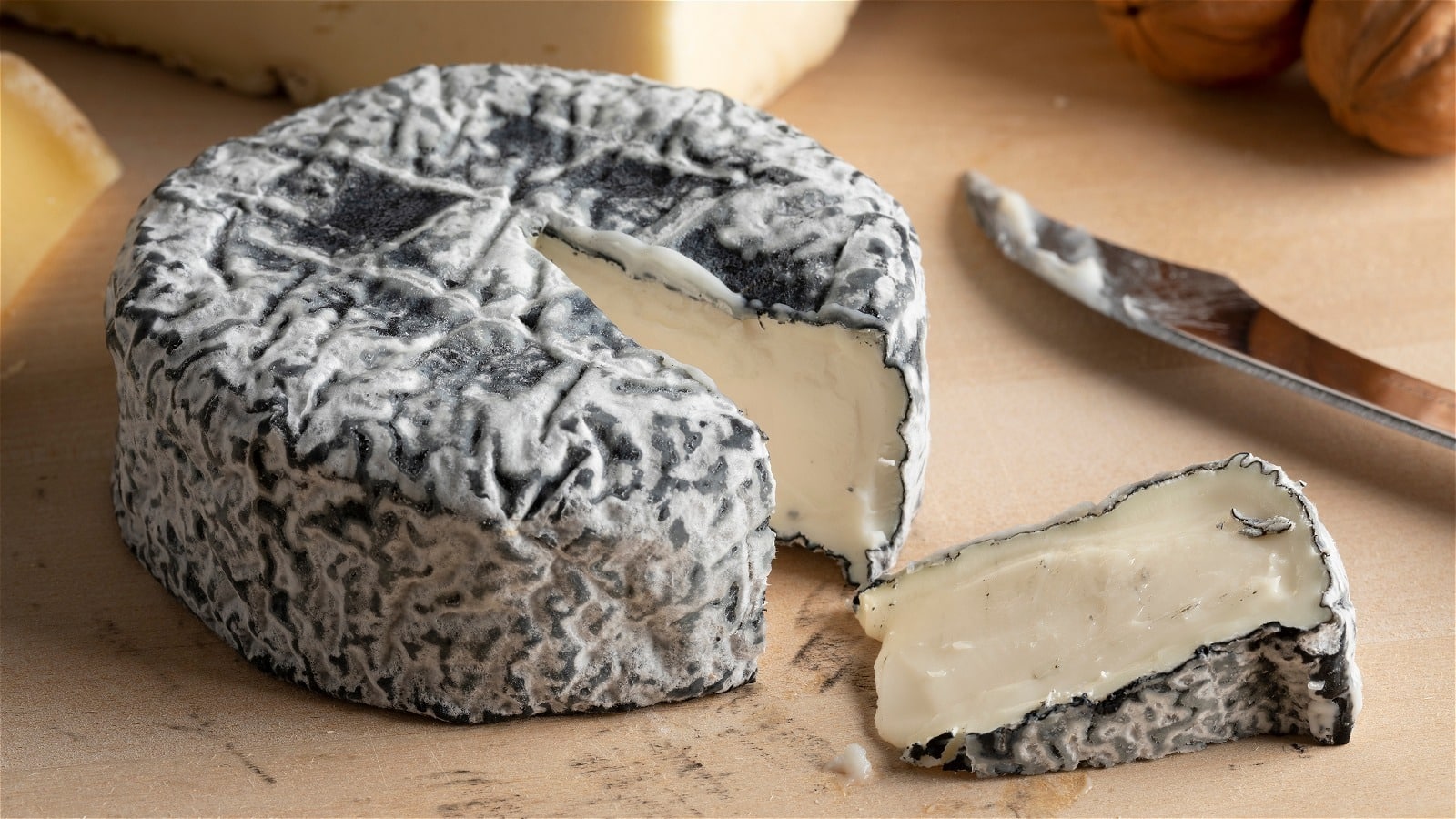
Ash-covered goat cheese, a specialty from France, is known for its gray, ash-coated rind.
The ash not only adds visual appeal but also helps neutralize the cheese’s acidity as it ages.
This tangy, creamy cheese is often featured on cheese boards or used in salads for added flavor and texture.
- Origin: France
- Common Uses: As a part of cheese platters, in salads
13. Flaxseeds

Flaxseeds, native to the Eastern Mediterranean and India, are small, gray seeds packed with nutrients.
Rich in omega-3 fatty acids, fiber, and lignans, flaxseeds are often added to smoothies, yogurt, or baked goods for a nutritional boost.
Their slightly nutty flavor complements both sweet and savory dishes.
- Origin: Eastern Mediterranean, India
- Common Uses: In smoothies, on yogurt, or in baked goods
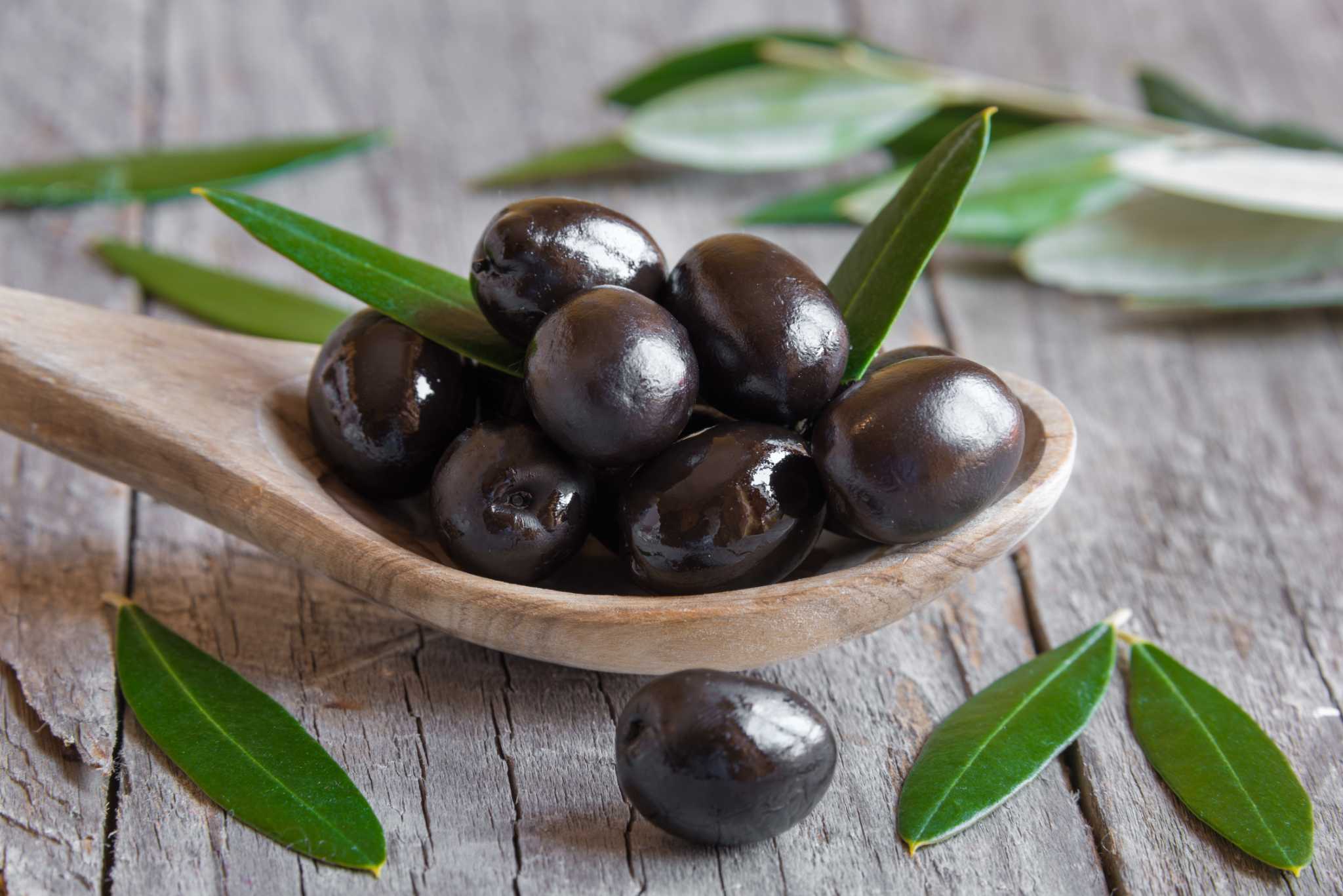
Black olives, a staple in Mediterranean cuisine, are known for their dark gray color and briny, slightly bitter flavor.
They are often used as a topping for pizzas, added to salads, or blended into a tapenade spread.
Their distinct taste and texture make them versatile ingredients in many dishes.
- Origin: Mediterranean region
- Common Uses: In salads, pizzas, and as a tapenade
15. Pumpernickel Bread

Pumpernickel bread, a dense, dark gray bread that originated in Germany, gets its unique color from the long baking process and the addition of molasses or cocoa powder.
This flavorful bread has a slightly sweet, nutty taste and is often used for sandwiches or as a base for canapés.
- Origin: Germany
- Common Uses: For sandwiches and as a base for canapés
16. Black Tahini
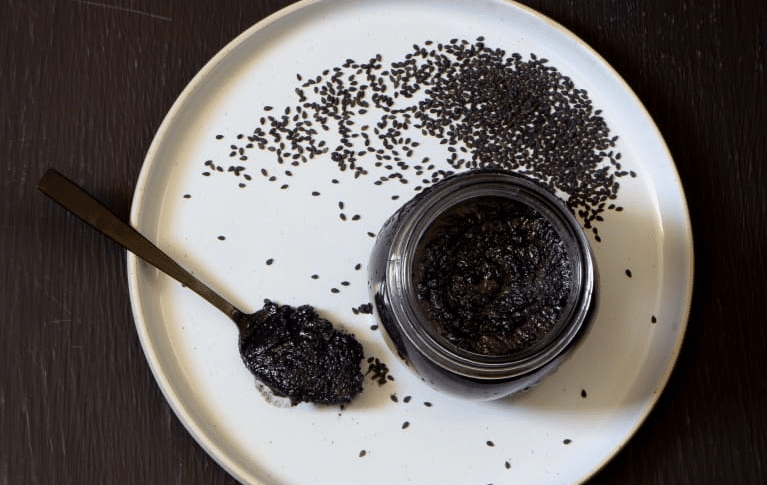
Black tahini, a staple in Middle Eastern cuisine, is dark gray and made from black sesame seeds.
It has a nuttier, slightly more bitter flavor than regular tahini.
Black tahini is often used in hummus, dressings, and spreads, adding depth and complexity to various dishes.
- Origin: Middle East
- Common Uses: In hummus, dressings, and as a spread
17. Black Cod (Sablefish)
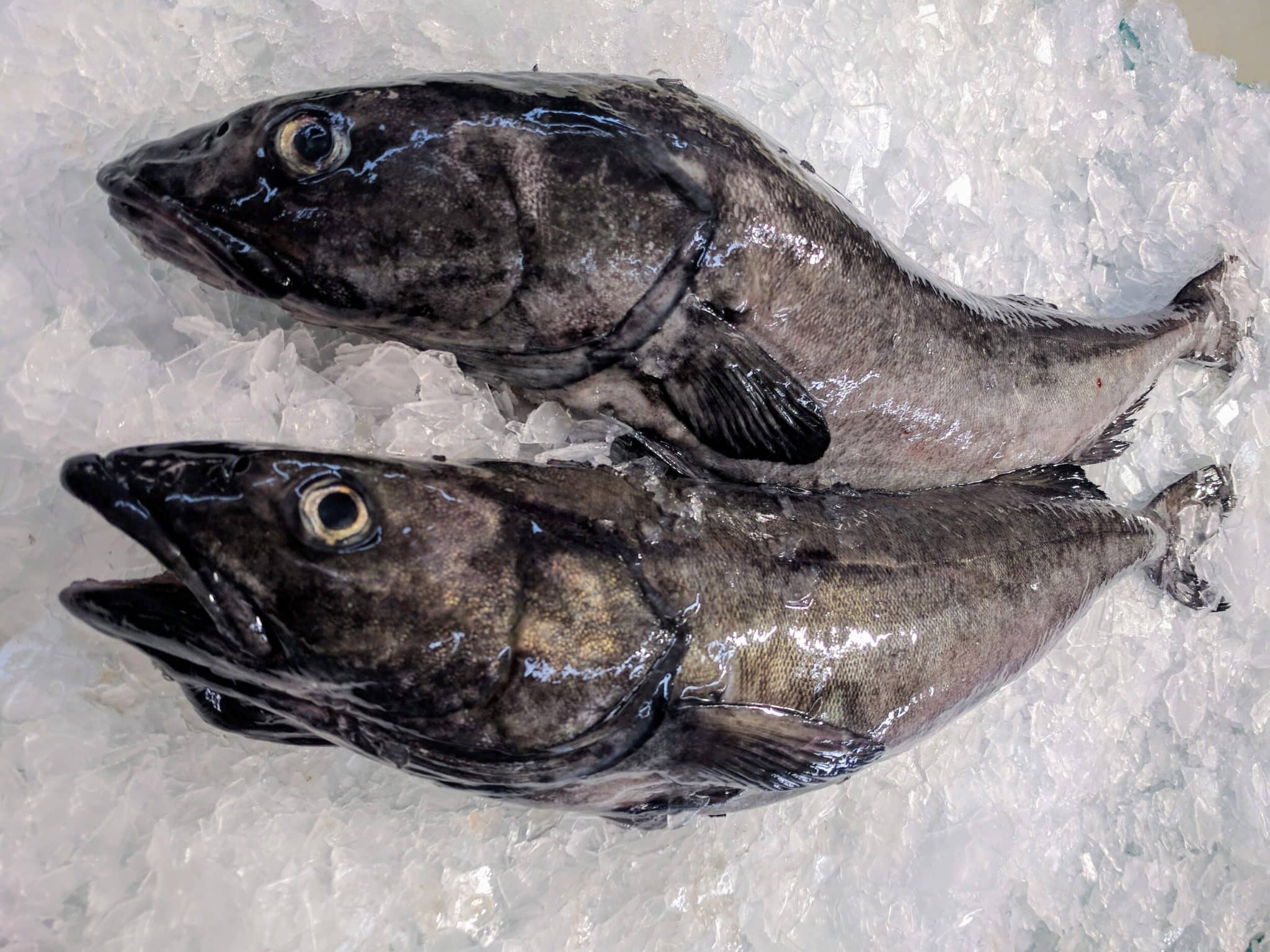
Black cod, also known as sablefish, is a type of fish in the North Pacific.
Its flesh is grayish and known for its high fat content, which gives it a rich, buttery flavor.
Black cod is often smoked or used in miso-glazed dishes, resulting in a tender, flaky texture.
- Origin: North Pacific
- Common Uses: Often smoked or used in miso-glazed dishes
18. Black Chickpeas
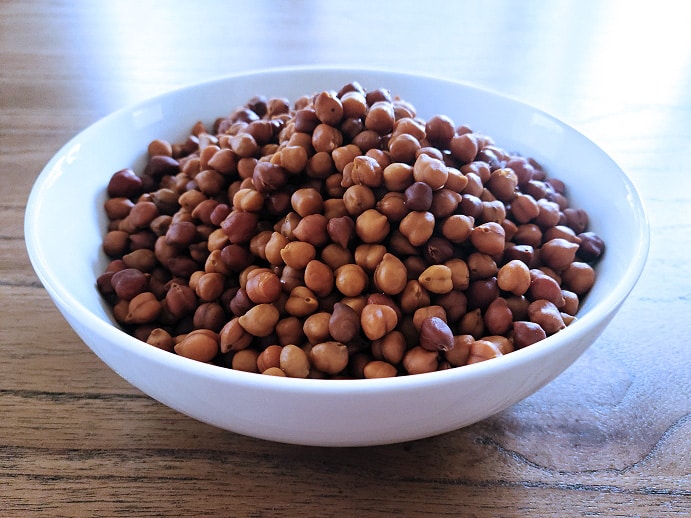
Black chickpeas, also known as kala chana, are a variety of dark gray or black chickpeas.
Originating from the Middle East and Mediterranean regions, these chickpeas have a nuttier, slightly more intense flavor compared to their tan counterparts.
Black chickpeas are often used in salads, curries, and as a crunchy, protein-rich snack.
- Origin: Middle East, Mediterranean
- Common Uses: In salads, curries, and as a snack
19. Pebre (with gray peppers)

Pebre, a Chilean condiment made with gray peppers, is a flavorful sauce that adds a spicy kick to grilled meats and bread.
The gray peppers, also known as ají peppers, give the sauce its unique color and heat.
Pebre is a staple in Chilean cuisine and is often compared to chimichurri sauce.
- Origin: Chile
- Common Uses: As a condiment for grilled meats and bread
20. Kasha (Buckwheat Groats)

Kasha, also known as buckwheat groats, is a staple in Eastern European cuisine.
These small, grayish-brown kernels have a nutty, slightly earthy flavor and a tender, chewy texture when cooked.
Kasha is often used in porridges, pilafs, and as a side dish, providing a nutritious and gluten-free alternative to grains like rice or quinoa.
- Origin: Eastern Europe
- Common Uses: In porridges, pilafs, and as a side dish
21. Poppy Seeds
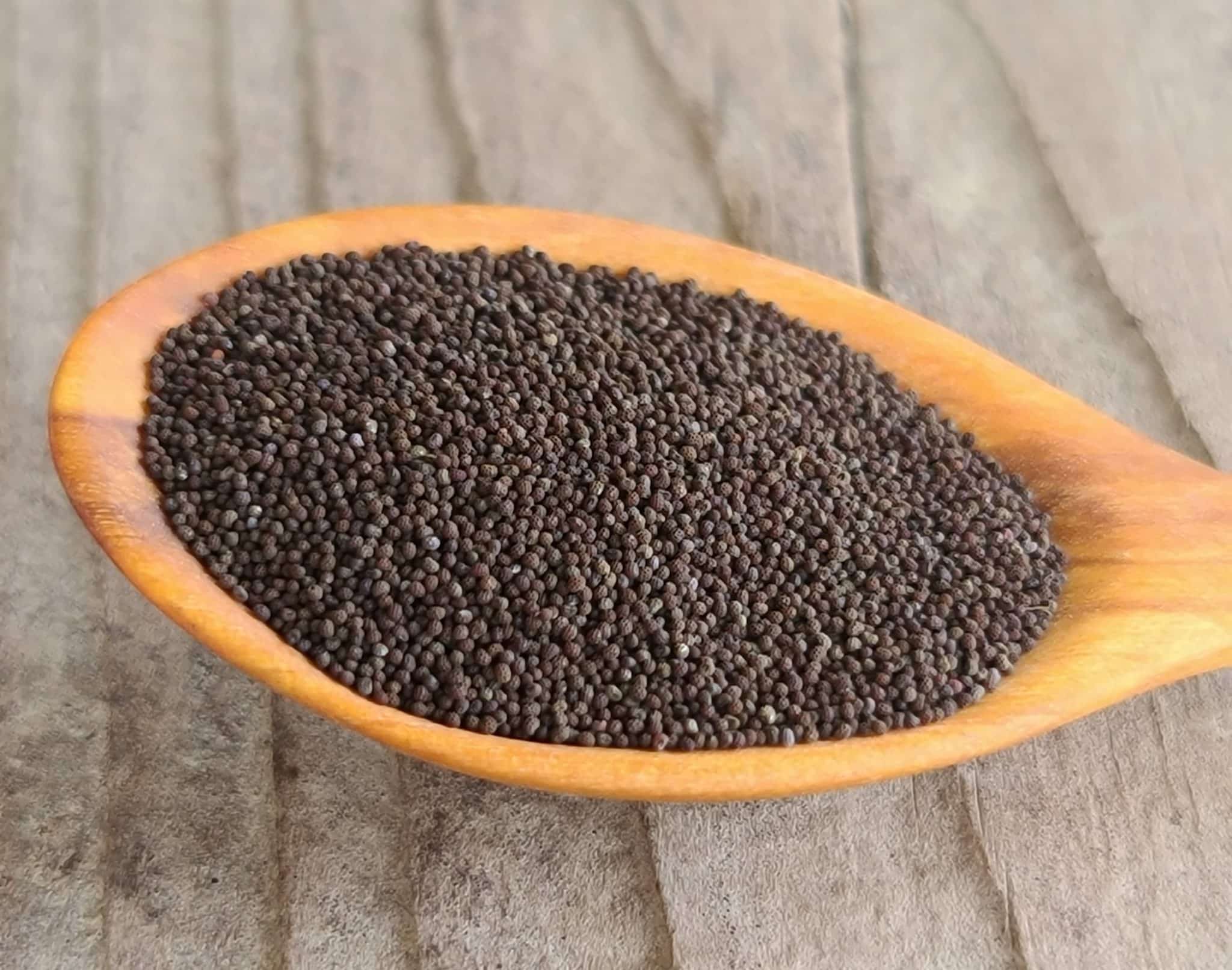
Poppy seeds, native to the Eastern Mediterranean, are tiny gray seeds with a nutty, slightly sweet flavor.
These seeds are often used in pastries, breads, and dressings, adding a subtle crunch and a unique taste to various dishes.
Poppy seeds are also a source of healthy fats and minerals, making them a nutritious addition to any recipe.
- Origin: Eastern Mediterranean
- Common Uses: In pastries, breads, and dressings
22. Truffle Oil

Truffle oil, a luxurious ingredient originating from Italy and France, is made by infusing olive oil with the essence of truffles.
The resulting oil has a rich, earthy aroma and a distinctive gray color.
Truffle oil is often drizzled over pasta, risotto, or even popcorn to add a touch of sophistication and depth of flavor to simple dishes.
- Origin: Italy, France
- Common Uses: Drizzled over pasta, risotto, and popcorn
23. Black Quinoa
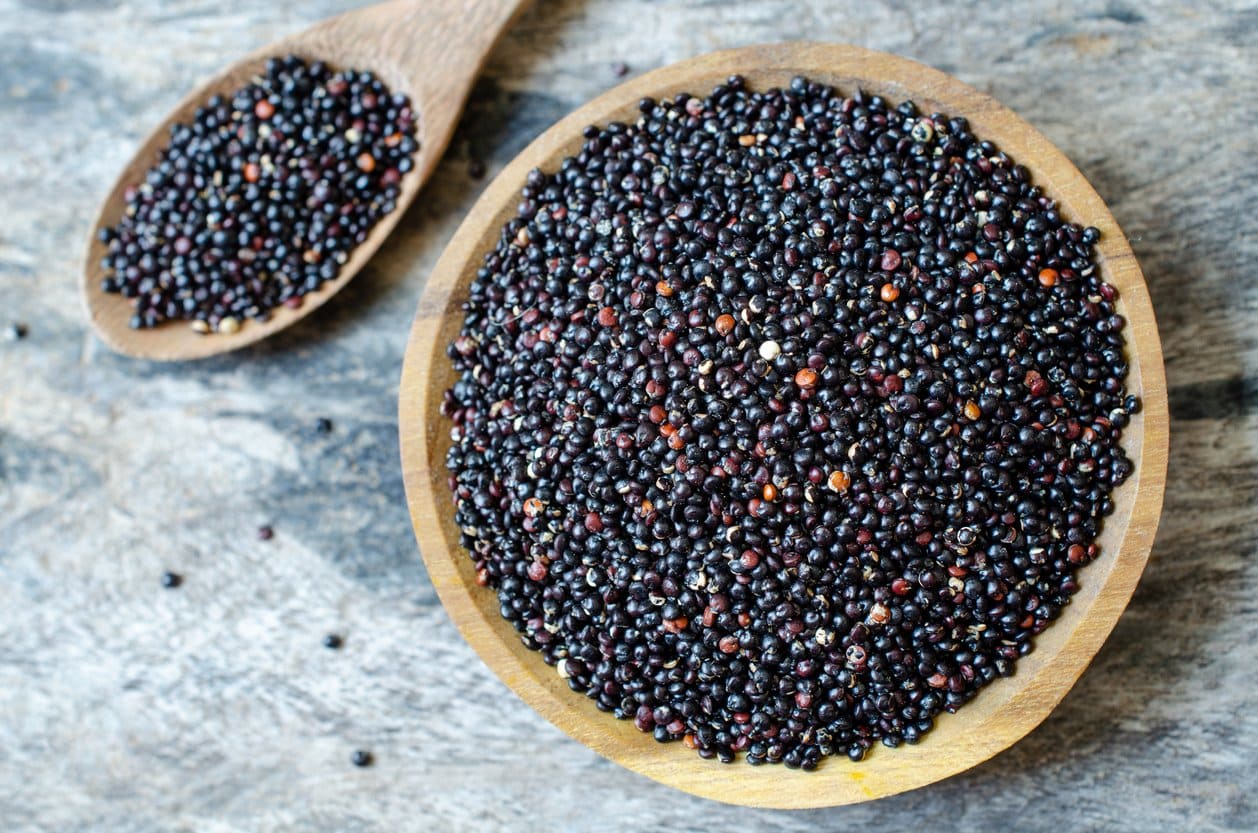
Black quinoa, a variety of quinoa that originated in South America, is dark gray or black and slightly sweeter, nuttier than white quinoa.
This nutrient-dense pseudocereal is often used in salads, as a side dish, or as a base for veggie burgers.
Its unique color and texture make it an attractive and nutritious addition to various recipes.
- Origin: South America
- Common Uses: In salads, as a side dish, and veggie burgers
24. Earl Grey Tea
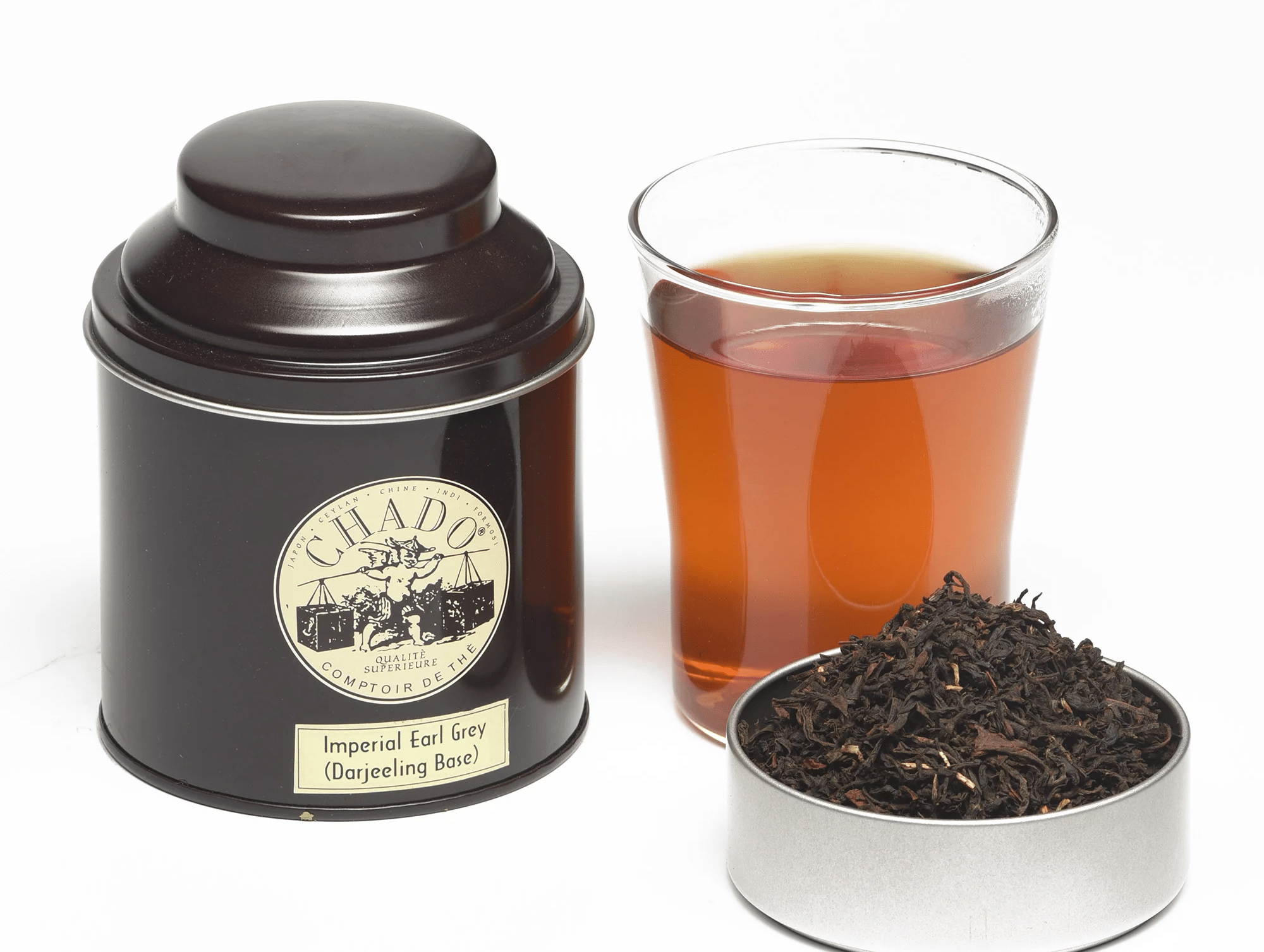
Earl Grey Tea, a beloved blend from England, is known for its distinctive gray-black color and citrusy aroma.
Typically served hot or iced with a slice of lemon, this tea offers a comforting and refreshing experience, proving that even gray foods can be vibrant and flavorful.
- Origin: England
- Common Uses: Typically served hot or iced with a slice of lemon
25. Black Rice
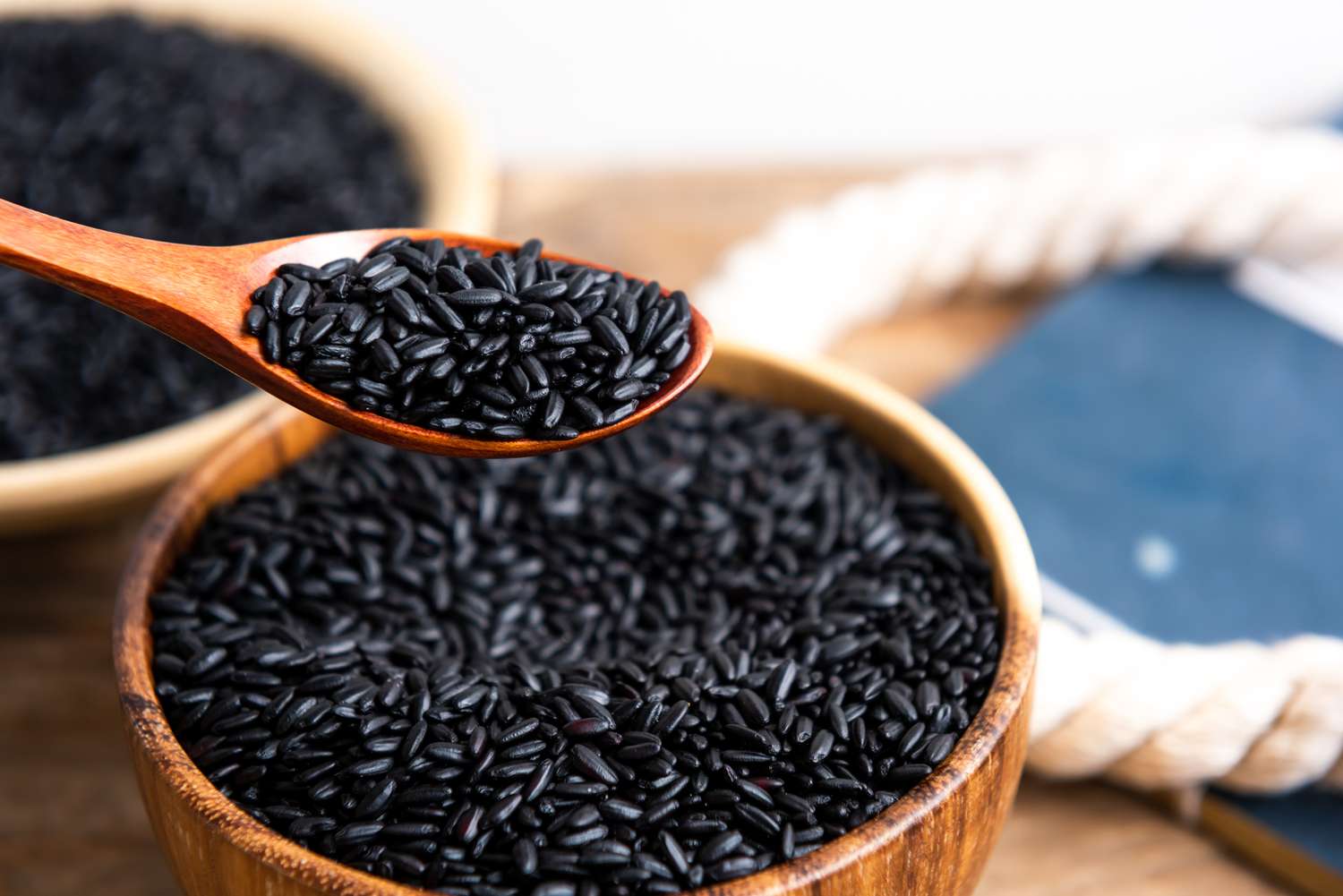
Black rice, also known as forbidden rice, is a type of whole-grain rice from Asia that is dark gray or black in color and has a nutty, slightly sweet flavor.
It is used in sushi and desserts and as a healthier alternative to white rice.
Black rice is rich in antioxidants and fiber, offering flavor and nutritional benefits.
- Origin: Asia
- Common Uses: In sushi, desserts, and as a health food
26. Clams
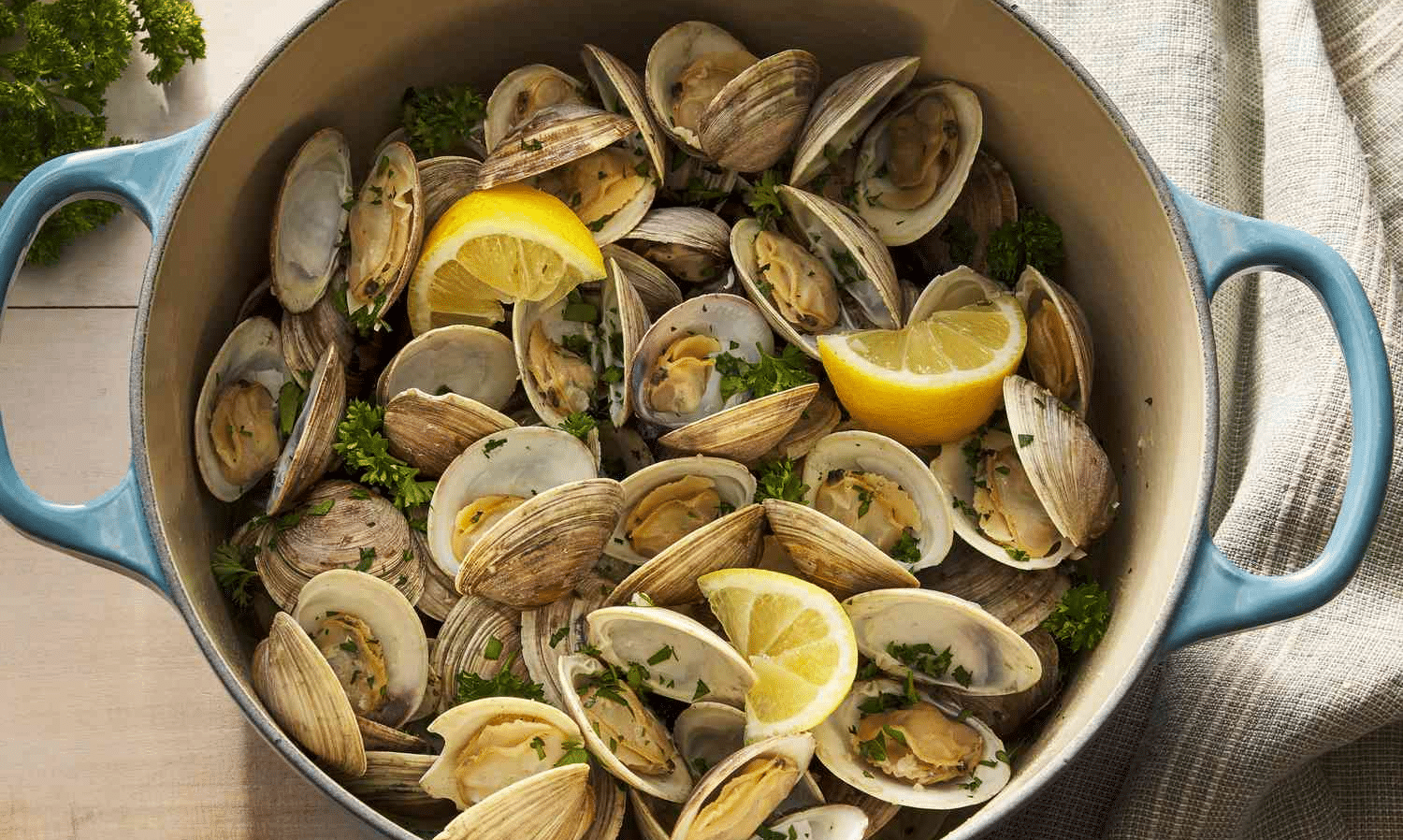
Clams in coastal areas worldwide may have gray, oval-shaped shells, but they conceal a tender, salty meat that is a favorite among seafood lovers.
Used in chowders, pasta dishes, and steamed preparations, clams add a distinct seafood flavor to various recipes, proving that gray foods can be just as delicious as their colorful counterparts.
- Origin: Coastal areas worldwide
- Common Uses: In chowders, pasta, and steamed dishes
27. Beluga Lentils
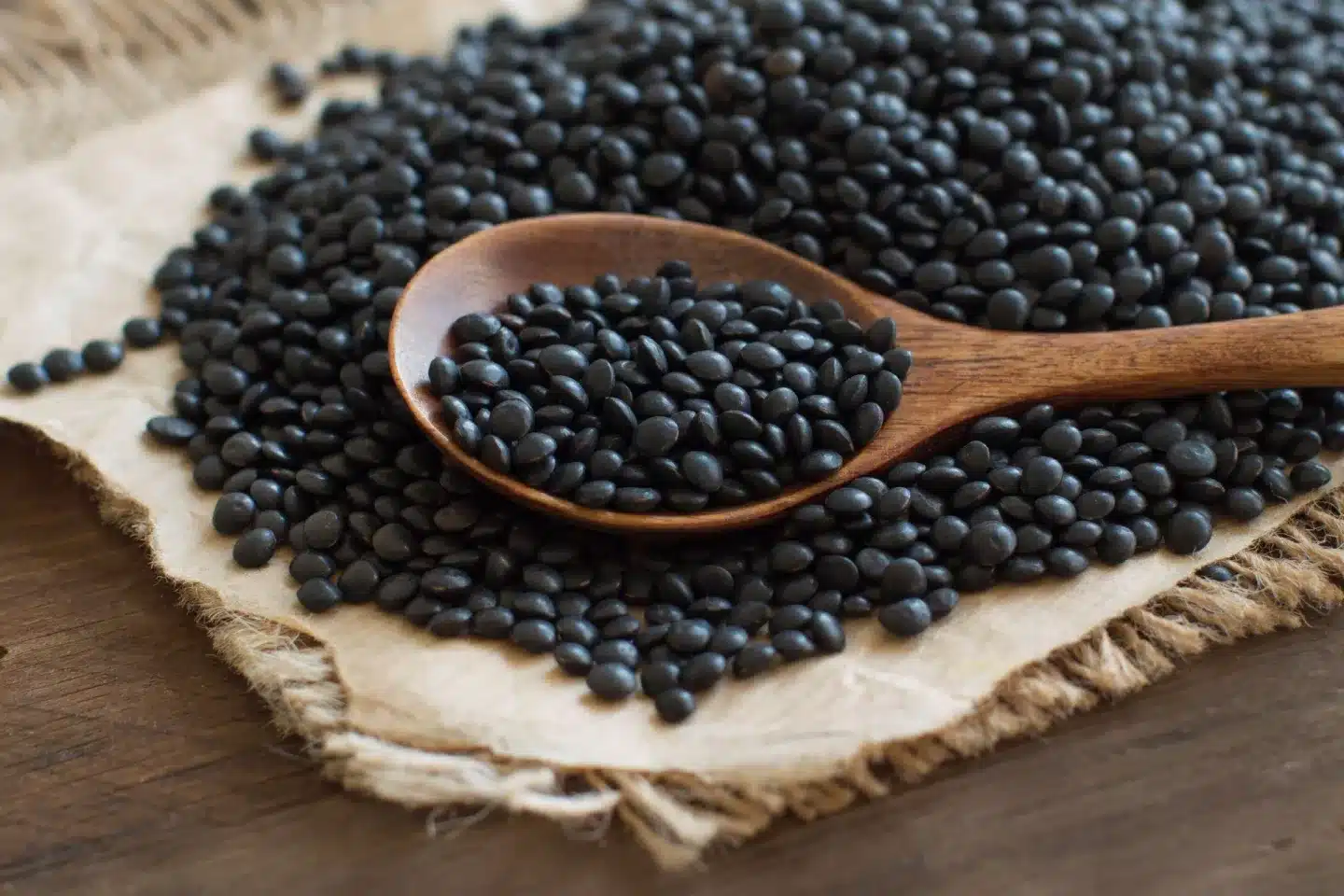
Beluga lentils, originating from North America, are known for their dark gray color and firm texture.
Used in salads and soups, these little legumes offer a nutritious and flavorful addition to any meal, while their unique appearance adds an interesting visual element to dishes.
- Origin: North America
- Common Uses: Used in salads and soups due to their firm texture
28. Tapioca Pearls
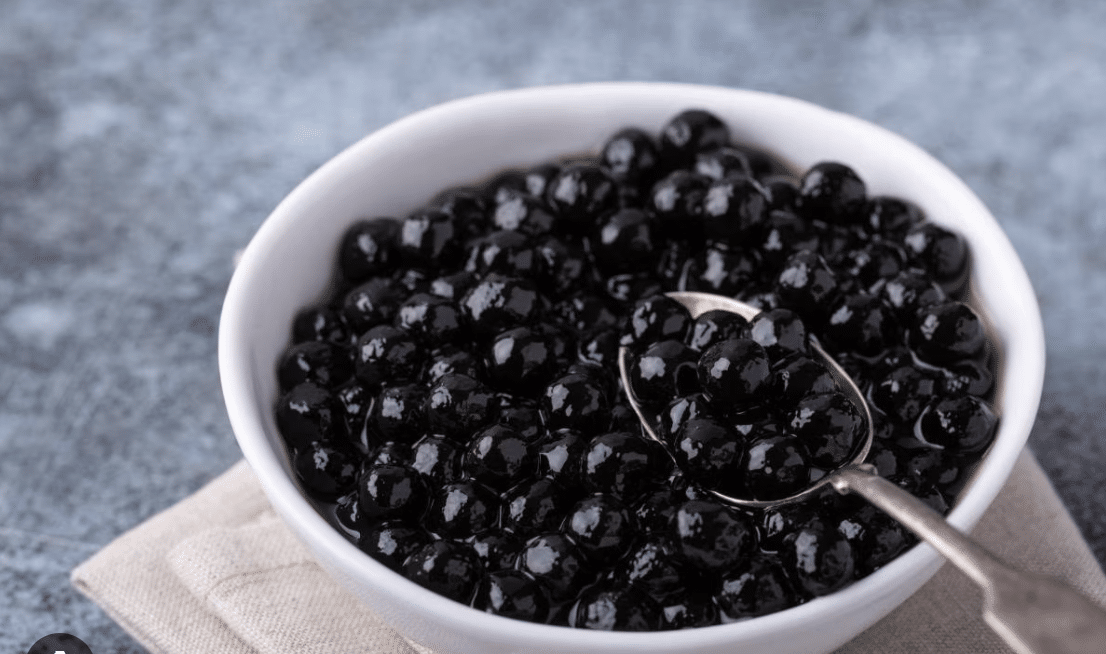
Tapioca pearls, a staple in bubble tea and puddings, may be small and gray, but they offer a unique texture and visual appeal to various desserts and drinks.
Made from cassava root starch, these chewy spheres have a neutral flavor that complements various ingredients.
- Origin: South America
- Common Uses: In bubble tea and puddings
29. Chia Seeds
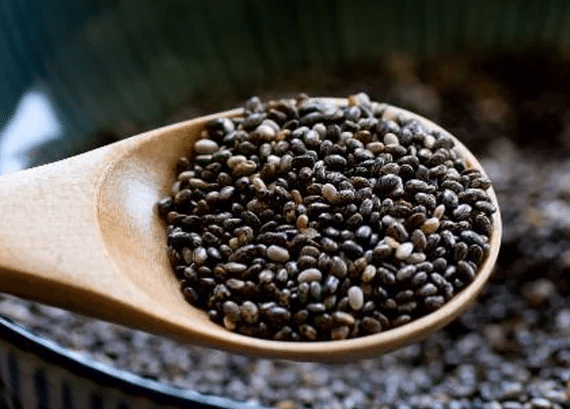
Chia seeds from Central America may be tiny and gray, but they are a nutritional powerhouse.
These seeds are high in fiber, protein, and omega-3 fatty acids, and they can be used in puddings, smoothies, and as toppings. Thus, they offer a healthy boost to any meal or snack.
- Origin: Central America
- Common Uses: In puddings, smoothies, and as a topping
Final Thoughts
Our exploration of gray foods has shown that color doesn’t always indicate flavor or nutritional value.
From the humble oyster to the luxurious truffle, these unassuming ingredients offer a wealth of tastes, textures, and health benefits that are often overlooked.
Incorporating these gray foods into your diet can add variety to your meals, boost your nutrient intake, and impress your friends and family with your culinary knowledge.
Don’t be afraid to step out of your comfort zone and try something new—you might find your new favorite ingredient hidden behind a gray exterior.
So, look for these subtle yet powerful gray foods next time you’re at the grocery store or farmers market. Your taste buds and your body will thank you.

